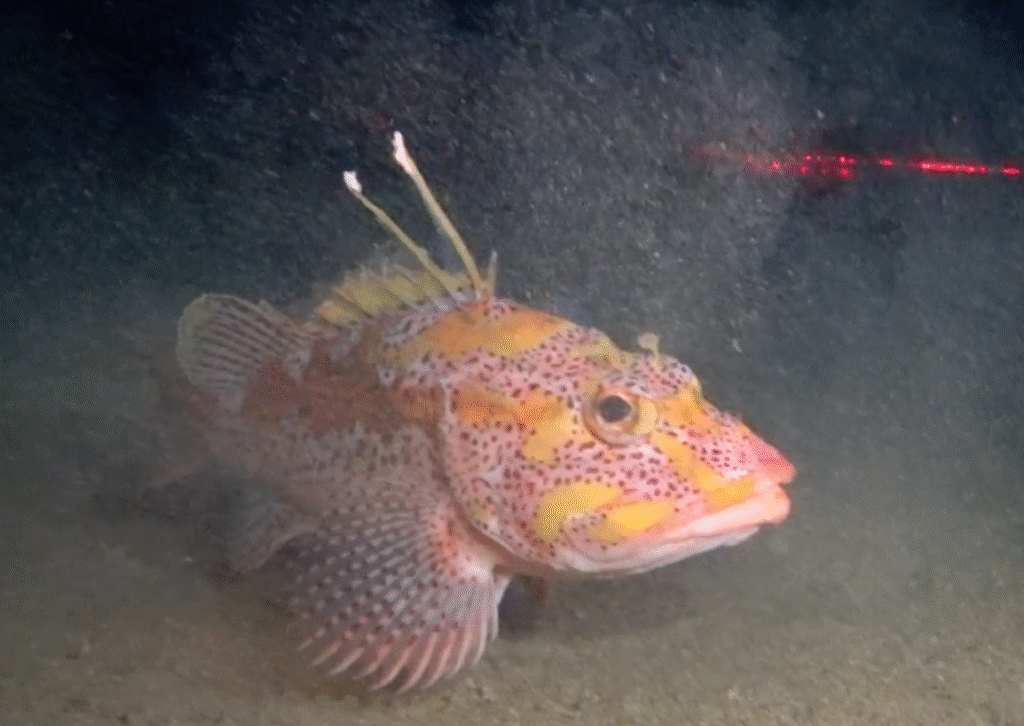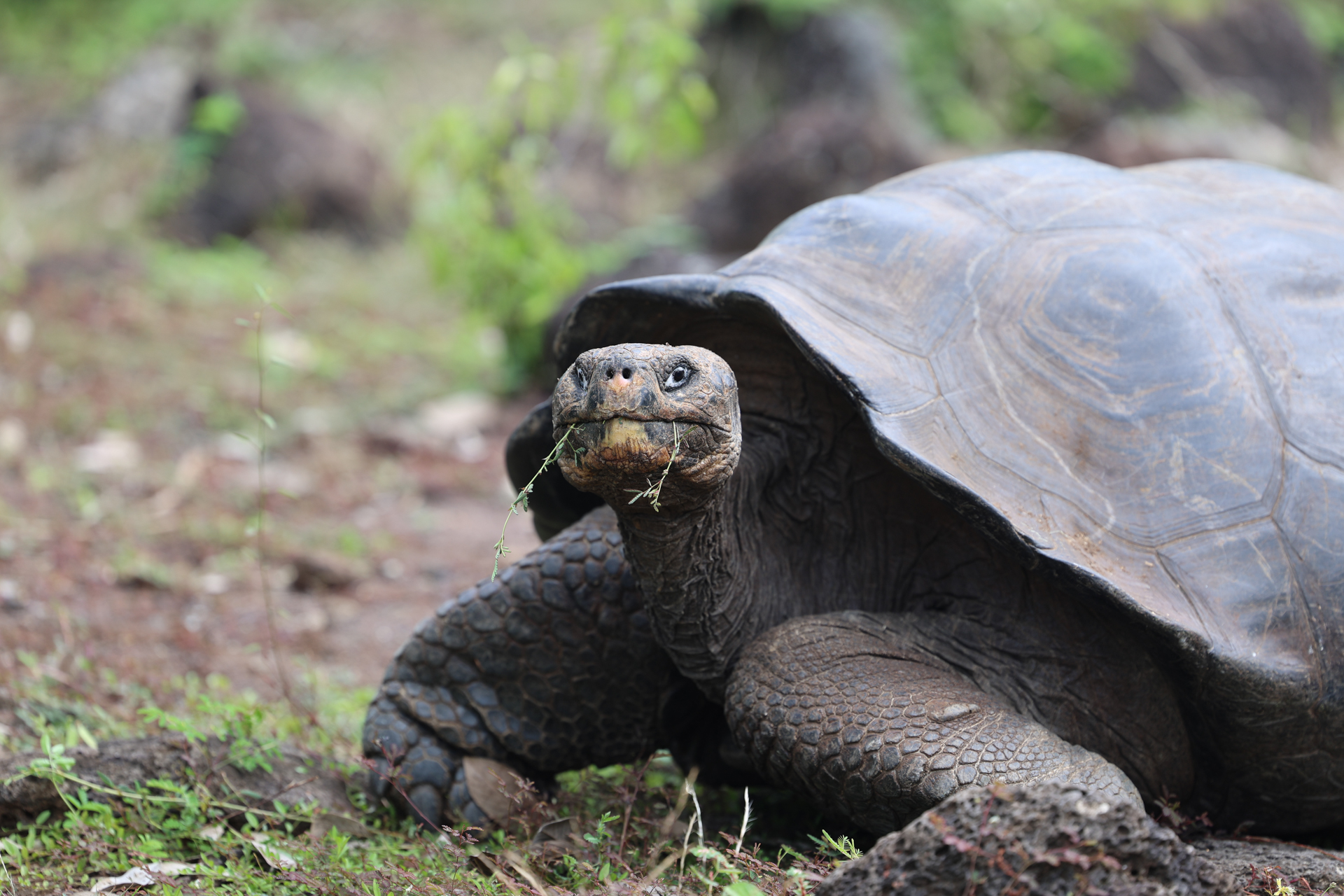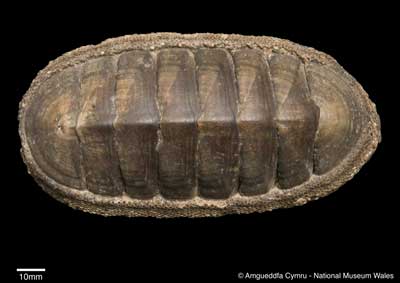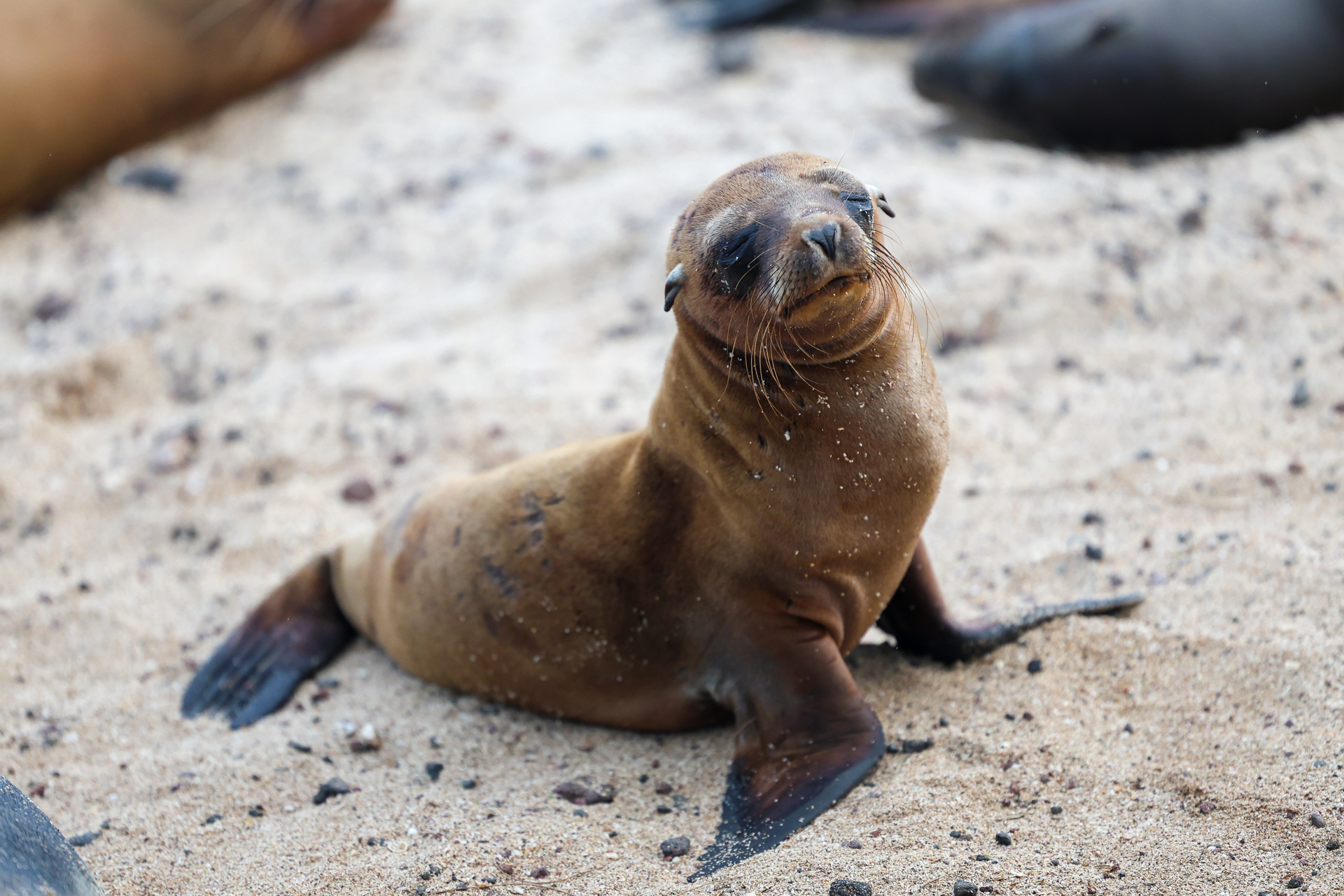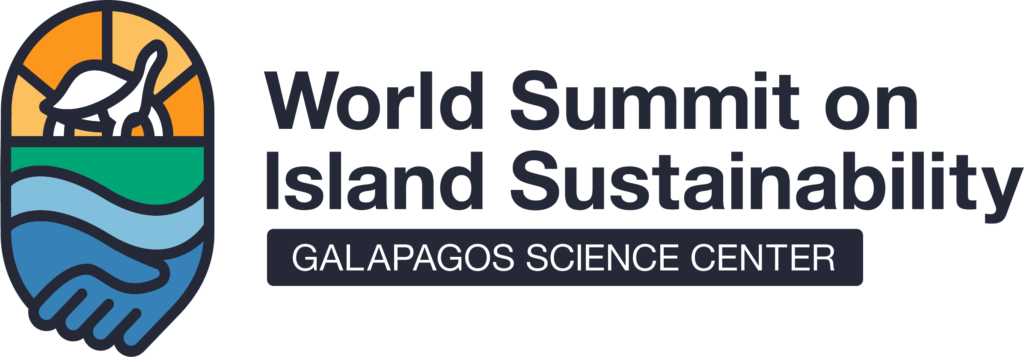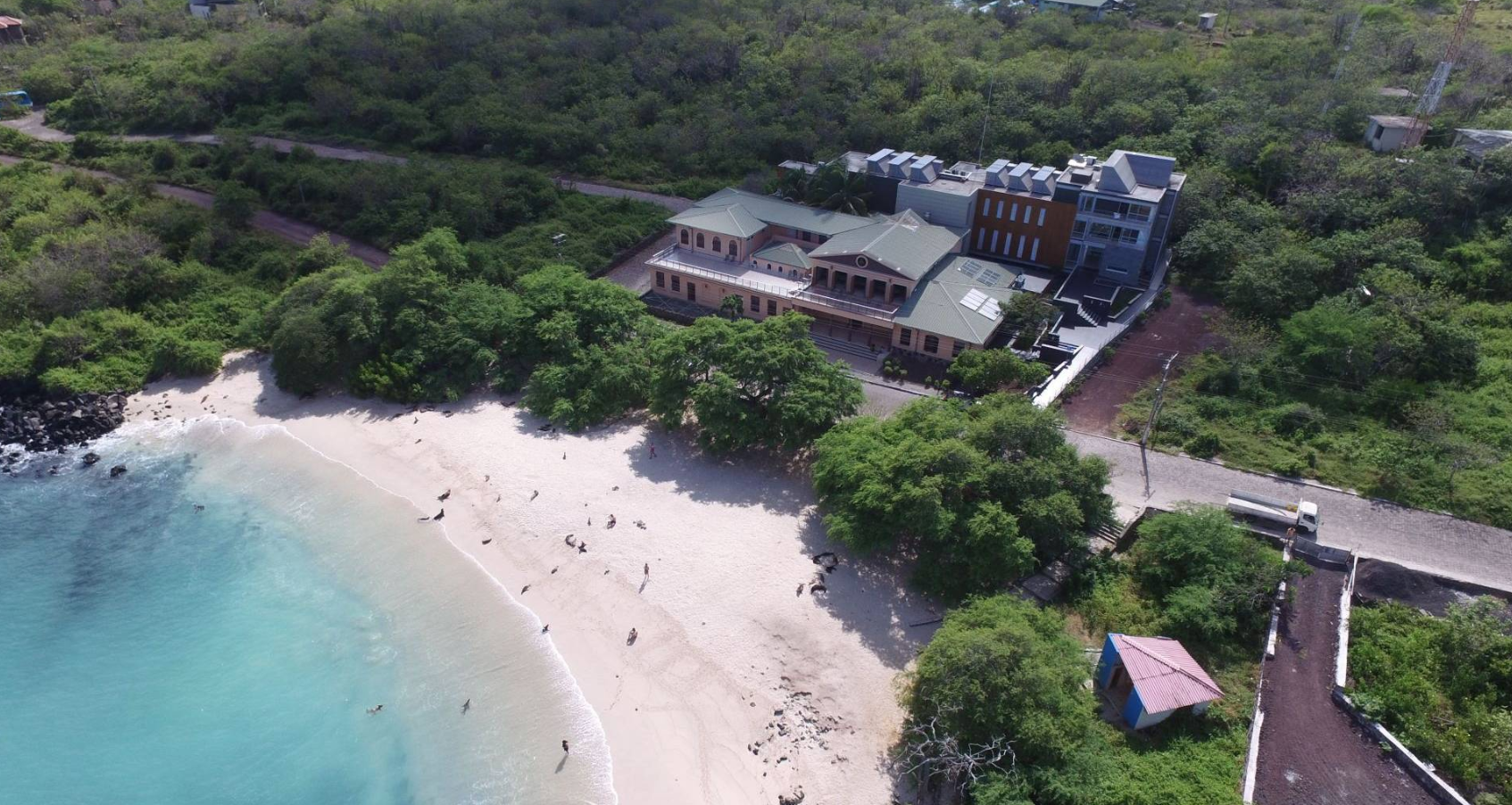Photo: Charles Darwin Foundation
The Spotted Scorpionfish (Pontinus clemensi) is a species of high economic, ecological, and cultural value in the Galápagos Islands. In recent years, it has gained relevance in the artisanal fisheries of the Galápagos Marine Reserve (GMR) due to the overexploitation of traditional species such as bacalao (Mycteroperca olfax) and camotillo (Paralabrax albomaculatus). As a result, its presence in local markets and its consumption within the community have increased. Additionally, it is one of the main prey items in the diet of the Galápagos sea lion (Zalophus wollebaeki), underscoring its importance in ecosystem dynamics. However, there is limited information about its trophic ecology. Understanding its diet is essential for evaluating its ecological role and for developing sustainable fishery management strategies.
The objective of this study was to determine the feeding patterns of the spotted scorpionfish through stomach content analysis (SCA) and stable isotope analysis (SIA) complementary tools that provide insight into both recent diet and the trophic position of individuals.
Between November 2017 and April 2018, 105 biological samples of the spotted scorpionfish (Scorpaena mystes) were collected from four fishing sites within the GMR, in collaboration with the Charles Darwin Foundation’s fisheries monitoring program.
The use of stomach content analysis (SCA) and stable isotope analysis (SIA) allowed researchers to identify the fish’s prey, determine its feeding strategy (whether it specializes in one or a few prey types or has a more generalist diet), establish its position in the food web, and assess the trophic level variation among its prey (whether they occupy similar or diverse trophic levels), among other relevant data.
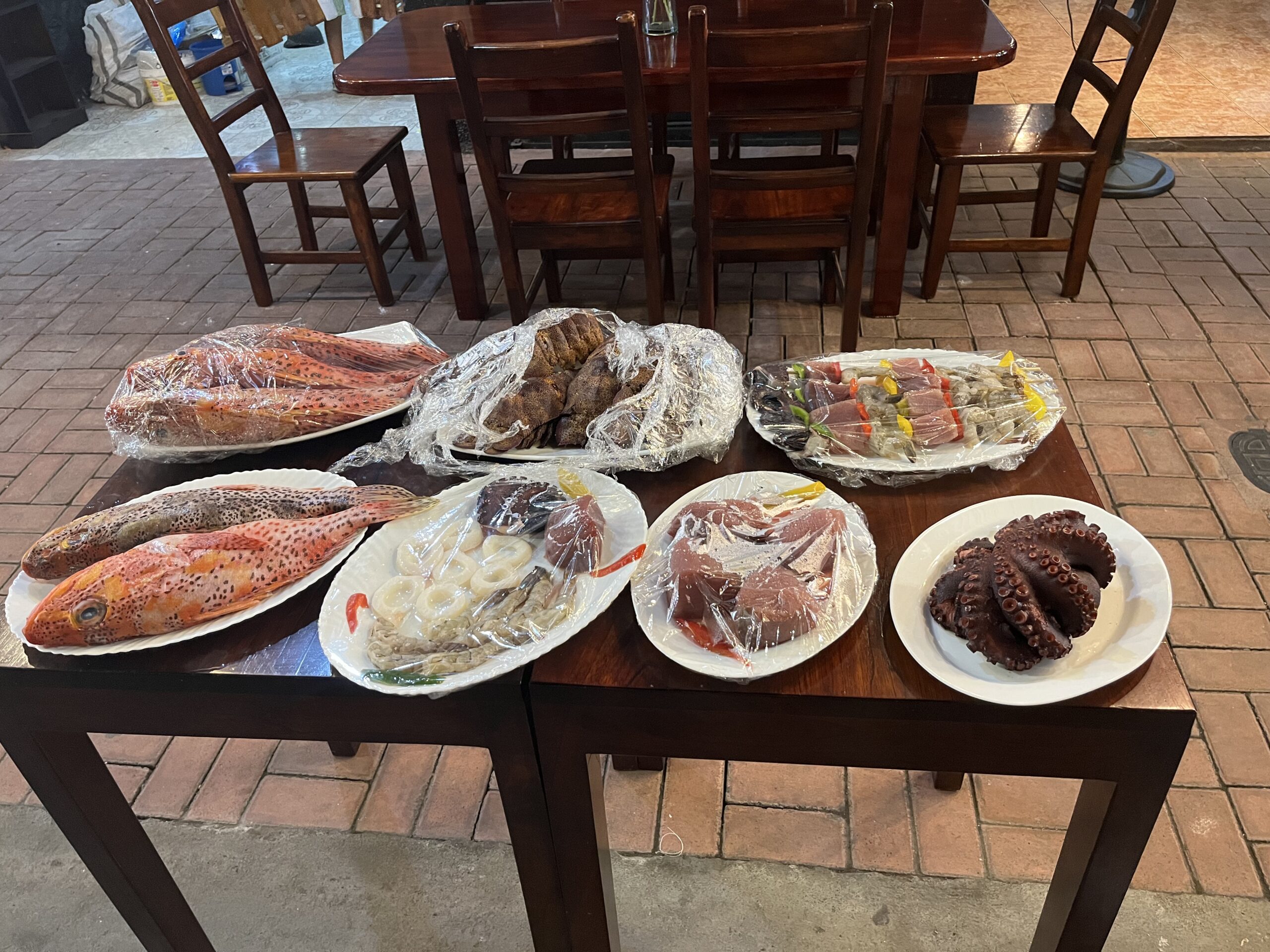
Photo: Cisne Zambrano-Zamora
91.4% of the analyzed stomachs contained food. A total of 18 prey types were identified, indicating a narrow trophic niche, mainly composed of pelagic fish (living in midwaters or near the surface), crustaceans, and benthic organisms (inhabiting the sea floor).
The fish exhibited a specialist feeding strategy, with a high consumption of Anchoa ischana. It was classified as a secondary-tertiary consumer, acting as an energy link between pelagic species and top predators in the food web. Its prey items had similar trophic levels.
A broader trophic niche was observed during the warm season compared to the cold season. Additionally, differences in prey consumption were found between males and females, as well as between juveniles and adults.
This is the first study to explore the trophic ecology of the spotted scorpionfish in Galápagos, highlighting its role as a pelagic fish consumer and its importance in the Galápagos Marine Reserve food web. The combination of SCA and SIA techniques provided a deeper understanding of its diet and feeding habits, laying the groundwork for future research and fisheries management strategies.
Read the article: https://doi.org/10.1016/j.ecss.2025.109338

